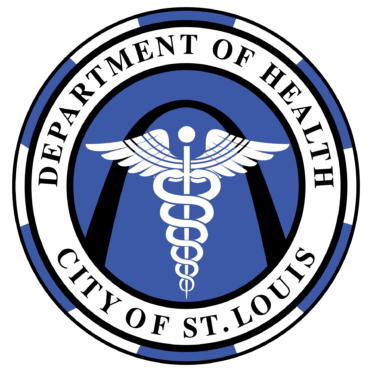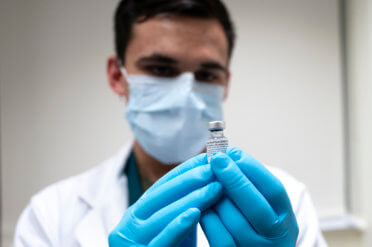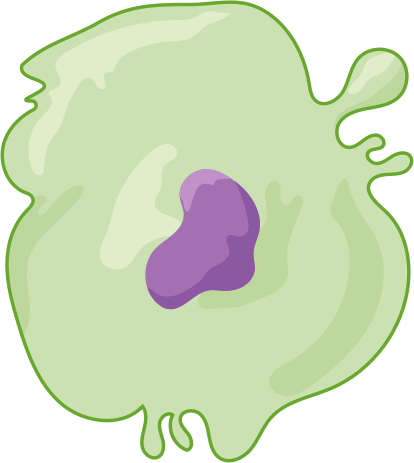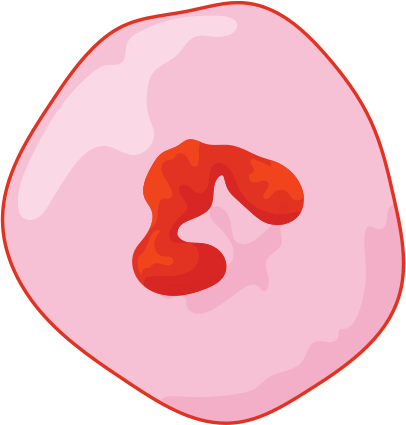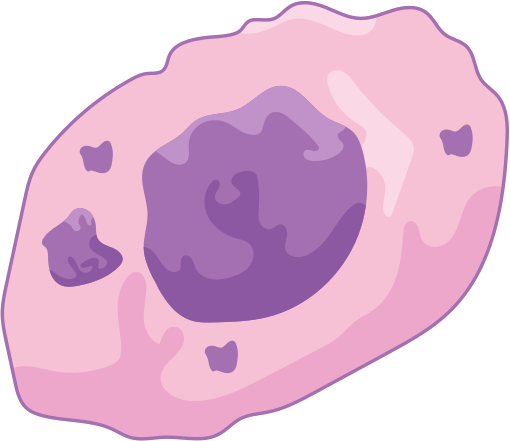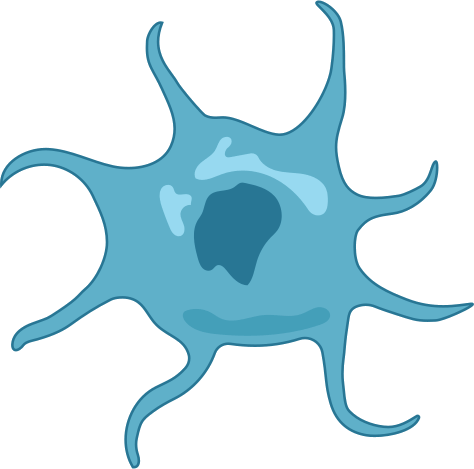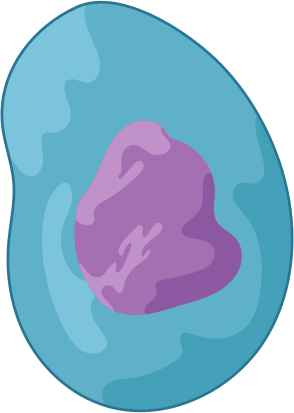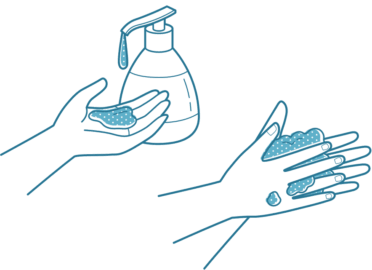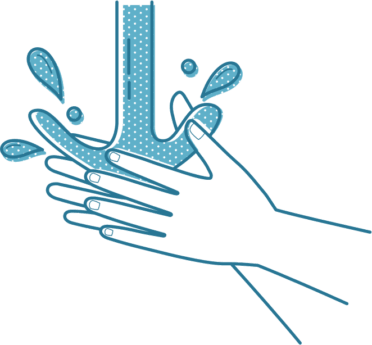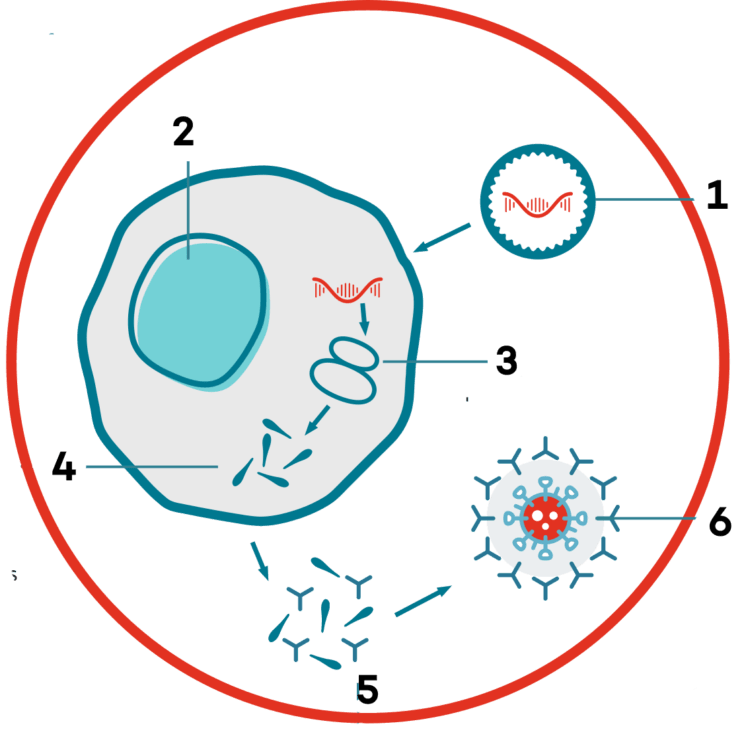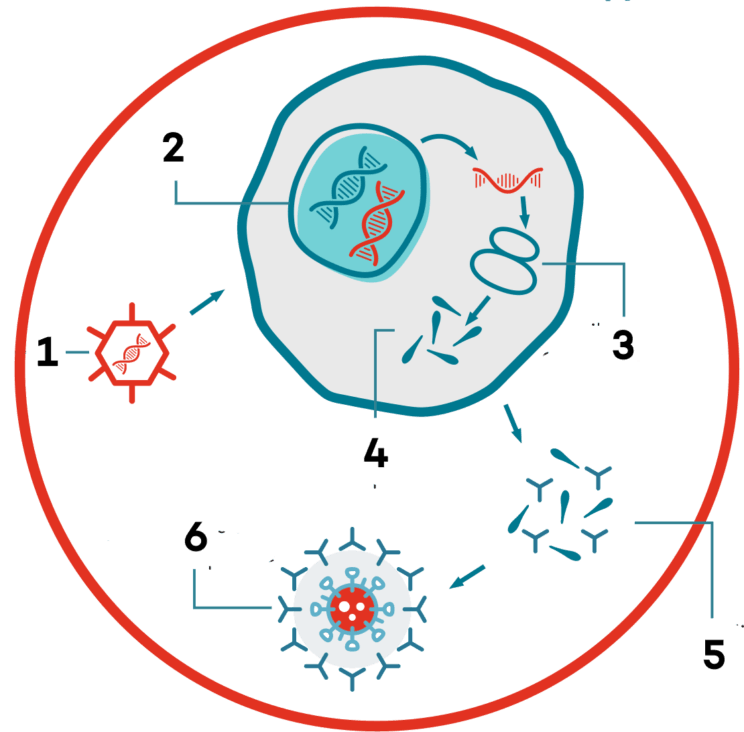What And Where Is It?

Your immune system is an entire system of cells, tissues, organs, and internal pathways working together to protect you from infections and disease.
1 – Mucous membranes run all the way from your nose and mouth through your trachea (windpipe) and intestines. They produce mucus, a field of sticky snot that traps pathogens. Mucus in your nose and mouth are a first line of defense against airborne pathogens.
2 – The thymus gland is where T-cells (a type of white blood cell) mature before specializing into different T-cell types and roles to fight infections.
3 – Lymph nodes are clusters of tissue where white blood cells are stored, ready to be dispatched whenever immune system “messenger” cells show up, requesting backup.
4 – Lymphatic vessels run parallel alongside your blood vessels, and use the movement of surrounding muscles to move cellular waste and white blood cells where they need to go throughout your body.
5 – The spleen also stores specialized white blood cells (B-cells and T-cells), and filters out old blood cells and antibody-coated bacteria for disposal.
6 – Your skin is the largest organ of your body, and is made up of multiple thick layers of cells that block pathogens from getting in and infecting you.
7 – Bone marrow is where white blood cells are made. These new white blood cells will be trained to attack invading pathogens.






